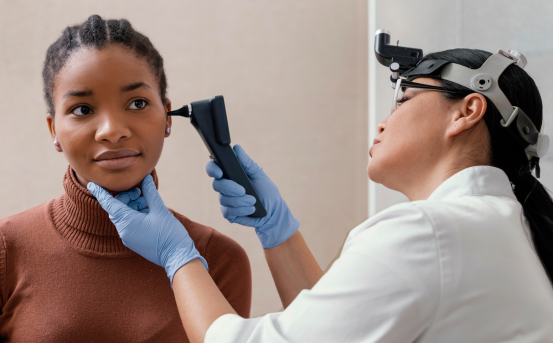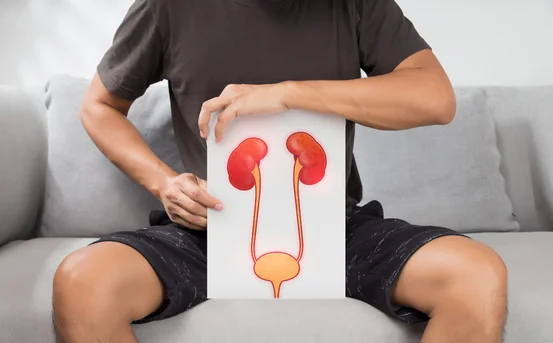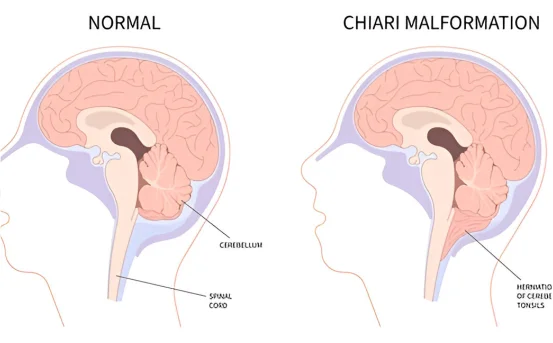Ear drum repair surgery, medically known as tympanoplasty, plays a crucial role. Tympanoplasty is a specialized ENT (Ear, Nose, and Throat) procedure that reconstructs the damaged eardrum using a tissue graft, thereby restoring hearing and reducing the risk of recurrent infections. It is a safe and effective treatment that offers long-term relief to both children and adults.
However, the eardrum is also vulnerable to damage. A perforated or torn eardrum can occur due to repeated ear infections, sudden pressure changes, trauma, or even improper cleaning practices using sharp objects like cotton buds. When this happens, it can lead to hearing loss, a sensation of fullness in the ear, chronic infections, and even fluid discharge. While small perforations may heal naturally over time, larger or persistent holes often require surgical intervention to restore normal ear function and prevent further complications.
What Is Ear drum Repair Surgery (Tympanoplasty)?
Tympanoplasty is a surgical procedure to close a hole or repair a tear in the tympanic membrane (eardrum). This thin membrane separates the outer ear from the middle ear and plays a vital role in transmitting sound vibrations.
When the eardrum is perforated, sound conduction is impaired, and the middle ear becomes more vulnerable to infections. Tympanoplasty restores the eardrum’s structure and function using a tissue graft, usually taken from the patient’s own body (like the muscle sheath behind the ear).
Who Needs Ear drum Repair Surgery?
Tympanoplasty is generally recommended when :-
-
The eardrum has a chronic perforation that hasn’t healed on its own after 2–3 months.
-
There is moderate to significant hearing loss due to the perforation.
-
The patient experiences frequent ear infections due to the open eardrum.
-
A previous ear tube placement or injury caused damage.
-
There’s a need to prevent water entry into the middle ear (e.g., for swimmers or divers).
Children and adults can both be candidates for this surgery, although it is usually delayed until a child is around 7–8 years old unless complications arise.
Common Causes of Ear drum Damage
Understanding the causes can help prevent future perforations. The most common reasons include :-
-
Chronic ear infections (otitis media)
-
Trauma, such as inserting objects into the ear
-
Barotrauma, from rapid pressure changes (airplane, scuba diving)
-
Sudden loud noises or acoustic trauma
-
Surgical complications, such as after ear tube removal
Types of Ear drum Repair Procedures
There are different types of tympanoplasty procedures depending on the extent of damage :-
-
Type I Tympanoplasty (Myringoplasty) :- Only the eardrum is repaired, and the middle ear bones are intact.
-
Type II–V Tympanoplasty :- These involve repairing both the eardrum and the ossicles (tiny middle ear bones) when needed.
Your ENT surgeon will determine the right approach after examining the ear and possibly performing imaging or audiometry tests.
How Is Ear drum Repair Surgery Performed?
Pre-Surgery Evaluation
Before surgery, the ENT doctor will :-
-
Conduct a hearing test (audiometry)
-
Perform an otoscopy to examine the ear canal and eardrum
-
Request imaging like a CT scan if structural abnormalities are suspected
-
Review medical history and current infections
Surgical Procedure
Tympanoplasty is typically done under general anesthesia and takes around 1–2 hours. The steps include :-
-
Access to the ear canal is made either through the ear canal (endure approach) or behind the ear (postauricular approach).
-
A graft tissue (usually fascia from the temporalis muscle) is harvested.
-
The damaged eardrum is lifted, and the graft is carefully placed underneath or over the perforation.
-
The area is packed with a gel or absorbable sponge to support healing.
-
The incision is closed, and the ear is bandaged.
Some ENT specialists now use minimally invasive endoscopic tympanoplasty, which reduces healing time and scarring.
Recovery After Tympanoplasty
Hospital Stay
Most patients can go home the same day or after an overnight stay. Children are usually observed for a longer period.
Postoperative Care
-
Avoid getting water in the ear for 2–4 weeks.
-
Use ear drops or medications as prescribed.
-
Do not blow your nose forcefully.
-
Refrain from heavy lifting or straining.
-
Avoid air travel for a few weeks due to pressure changes.
You’ll need to visit your ENT specialist for follow-ups and to remove any packing materials.
When to Seek Help
Contact your doctor immediately if you notice :-
-
Fever or increased pain
-
Drainage with foul smell
-
Sudden hearing loss
-
Dizziness or imbalance
Success Rate of Eardrum Repair Surgery
Tympanoplasty has a high success rate, with over 85–90% of patients experiencing complete closure of the perforation. Many also notice significant improvement in hearing after healing.
Success depends on several factors :-
-
Size and location of the perforation
-
Presence of infection
-
Surgical technique used
-
Patient’s overall health and compliance with recovery instructions
Risks and Complications
Like all surgeries, tympanoplasty carries some risks, although serious complications are rare :-
-
Graft failure or non-closure of the hole
-
Temporary or permanent hearing loss
-
Tinnitus (ringing in the ears)
-
Dizziness or vertigo
-
Infection at the surgical site
-
Facial nerve damage (extremely rare)
Choosing an experienced ENT surgeon significantly minimizes these risks.
Prevention Tips for Ear drum Injuries
To avoid future perforations or repeat surgeries :-
-
Avoid inserting objects like earbuds, pens, or hairpins in the ear.
-
Treat ear infections promptly.
-
Use earplugs while swimming if you have ear issues.
-
Avoid flying with a cold or sinus infection.
-
Learn proper ear hygiene and never clean ears aggressively.
Conclusion
Ear drum repair surgery, or tympanoplasty, is a safe and highly effective procedure that restores hearing and protects the ear from infections. If you or your child suffers from chronic ear infections, hearing issues, or a known perforation, consult an experienced ENT specialist to explore surgical repair.
Modern tympanoplasty techniques, including minimally invasive and endoscopic options, ensure faster recovery and excellent outcomes when performed by skilled surgeons. With the right treatment and care, patients can enjoy long-term relief from ear discomfort and hearing problems.























